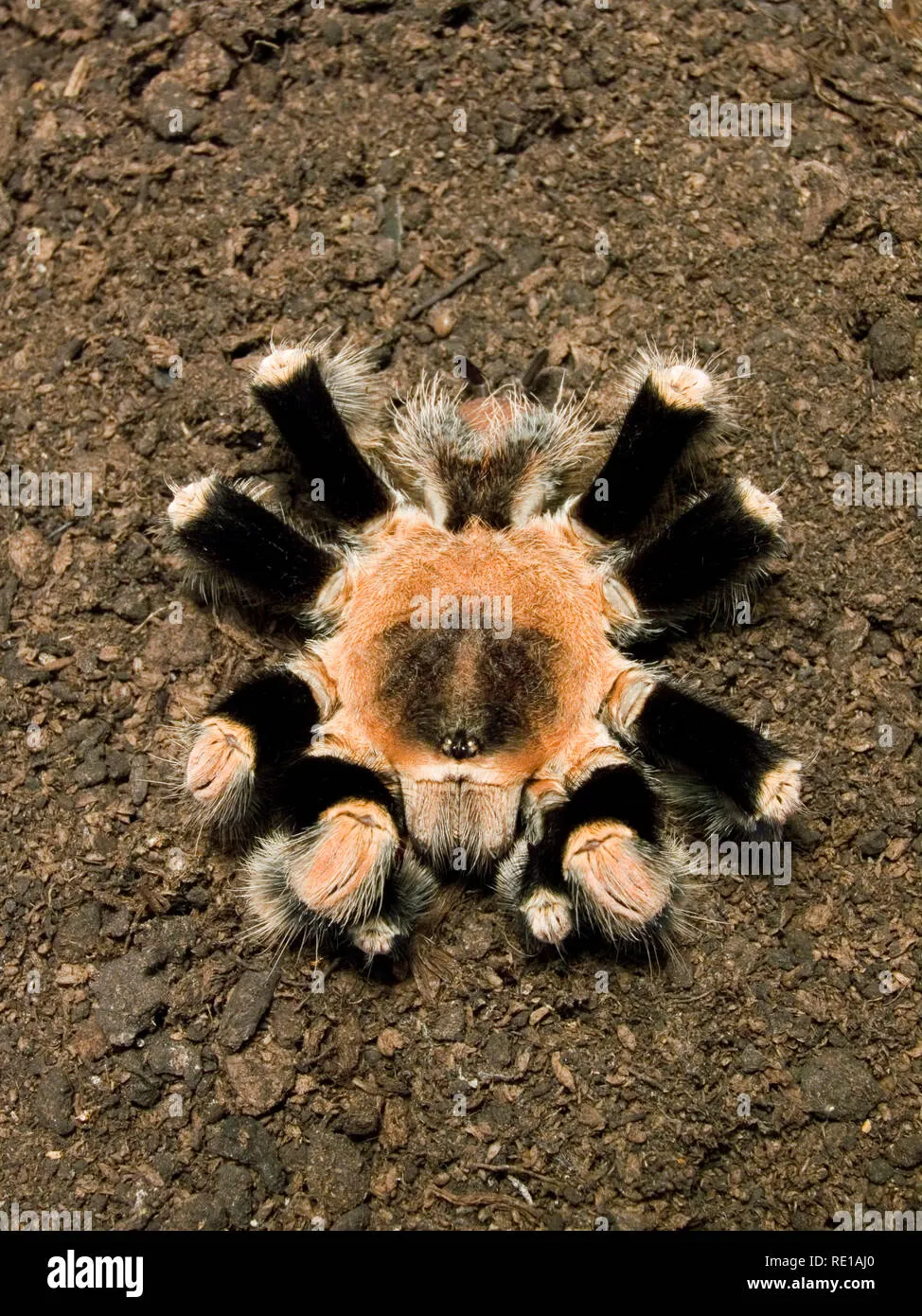Top 5 Tarantula Breeding Secrets
Breeding tarantulas can be a rewarding experience for the dedicated hobbyist. However, it’s a delicate process that demands careful planning and execution. Many factors contribute to the success of tarantula breeding, and understanding these can significantly increase your chances of a positive outcome. This guide unveils five critical secrets that experienced breeders utilize to maximize their chances of successfully breeding these fascinating creatures. Focusing on these areas will help you avoid common pitfalls and increase the likelihood of healthy offspring, offering the best possible start for the next generation of your tarantulas. By incorporating these secrets, you will enhance your understanding and ability to facilitate the successful propagation of these captivating arachnids, ensuring their well-being and the continuation of your breeding efforts.
Secret 1 Optimal Enclosure Conditions
The environment you provide is paramount to tarantula breeding success. Mimicking the tarantula’s natural habitat is crucial for encouraging breeding behavior and ensuring the health of both the adult tarantulas and any potential offspring. This includes maintaining the correct temperature and humidity levels, as well as providing a suitable substrate and adequate ventilation. Neglecting these aspects can lead to stress, poor molting, and decreased reproductive success. The enclosure should not only be the right size, but also provide a sense of security to the tarantula. Carefully chosen enclosure elements support both the physical and psychological health of your tarantulas, setting the stage for successful mating and egg production. The ideal conditions promote the overall well-being of the tarantulas, thus enhancing their reproductive capabilities.
Maintaining Temperature and Humidity
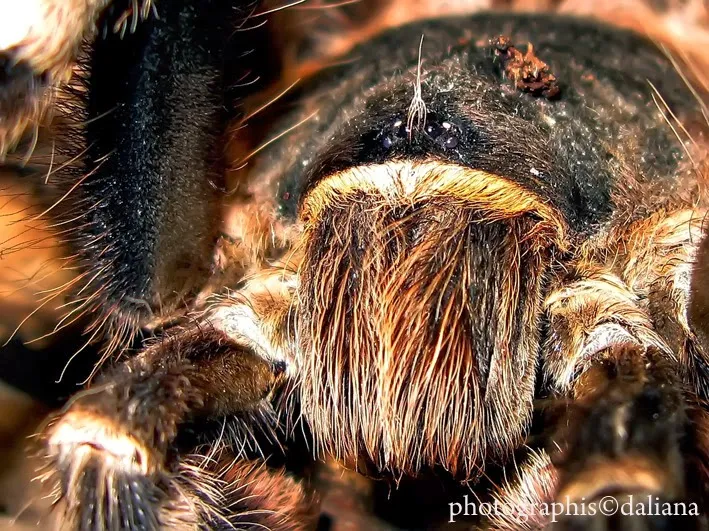
Temperature and humidity play critical roles in tarantula breeding. Most tarantula species thrive in a specific temperature range, usually between 75°F and 85°F (24°C and 29°C), with slight variations depending on the species. Use a reliable thermostat and a heat source like a heat mat or ceramic heat emitter to maintain these levels. Humidity is equally important; it affects molting, hydration, and overall health. Monitor the humidity levels with a hygrometer and adjust as needed. Misting the enclosure or providing a water dish can help maintain the required humidity, which often ranges from 60% to 80%, though this will vary depending on the specific tarantula species. Consistent temperature and humidity promote healthy molting, which is vital for both male and female tarantulas to mature properly for breeding. Fluctuations in temperature or humidity can stress the tarantulas and hinder their willingness to mate or successfully produce an egg sac.
Substrate and Ventilation
The right substrate and ventilation are essential aspects of tarantula enclosure setup, directly influencing the health and breeding behavior of the tarantulas. The substrate should retain moisture to maintain humidity, but also provide a safe environment for burrowing species. Options like coconut fiber, peat moss, and vermiculite are popular choices. Proper ventilation prevents the buildup of harmful bacteria and molds, which can be detrimental to the tarantulas’ health. Ensure that the enclosure has adequate airflow; this can be achieved through strategically placed air vents or by partially covering the enclosure with a screen lid. A well-ventilated enclosure prevents stagnant air and reduces the risk of respiratory infections, contributing to a favorable environment for breeding. An appropriate substrate also allows the tarantula to feel secure, and is an essential piece of the enclosure that supports the tarantula’s natural behaviors.
Secret 2 Understanding Mating Rituals
Tarantula mating rituals are fascinating and complex. Understanding these rituals is essential for successfully breeding tarantulas. Observing the behaviors of both the male and female is the key to identifying the right time to introduce them for mating. This involves recognizing the male’s maturity, characterized by the development of tibial hooks used to secure the female’s fangs during mating. For the female, the molting stage is important, as she should have recently molted and be ready to accept the male. The male’s approach and the female’s response vary greatly across different tarantula species, and learning the nuances of each species’ mating behavior will improve your chances of breeding success. Careful observation and a thorough understanding of tarantula mating habits are critical for effective breeding.
Identifying the Right Time for Mating
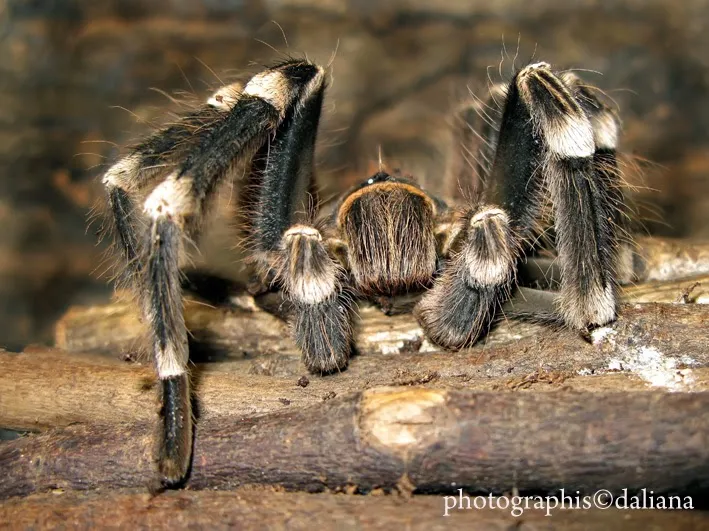
Timing is everything in tarantula breeding. The most opportune time for mating is when both the male and the female are ready. The male must have reached maturity, as evidenced by the presence of tibial hooks and palpal bulbs. The female should have recently molted, indicating she is receptive and in good health. Introducing the male too early or too late can result in rejection or, worse, the male being eaten. Monitor the female’s feeding habits; a female that is actively eating may be less receptive to mating. Keep detailed records of each tarantula’s molting history, which helps you anticipate the best time for mating. Observe the tarantulas closely for signs of readiness, such as the male’s courtship behavior and the female’s willingness to engage. Being well-prepared to identify the ideal moment for mating maximizes the chances of successful breeding, avoiding potential negative outcomes for the involved tarantulas.
The Male’s Approach and Female’s Response
The male tarantula’s approach involves elaborate courtship displays designed to persuade the female to mate. These can include drumming on the substrate, vibrating his body, and approaching the female cautiously. His goal is to signal his intentions and avoid being mistaken for prey. The female’s response varies; she may either accept the male, reject him, or even attack. A receptive female typically allows the male to approach, and they will mate. Rejection might involve the female lunging at the male or running away. Always supervise the mating process. Provide a safe environment in which the male has an escape route to ensure his survival. Knowing these behaviors allows you to intervene if necessary and protect the male tarantula from potential harm. The nuances of courtship and response are specific to the species, so research the species you’re breeding to understand what to expect.
Secret 3 Proper Feeding and Nutrition
Proper feeding and nutrition are fundamental for tarantula breeding. A well-nourished tarantula is more likely to reproduce successfully. Providing a balanced diet ensures the tarantulas have the energy and nutrients they need for mating, egg production, and overall health. It is crucial to avoid overfeeding or underfeeding, as both can negatively affect their reproductive capabilities. The diet also plays a significant role in the development of the spiderlings. A healthy diet ensures the production of healthy eggs and the overall well-being of the offspring, providing a solid foundation for their growth and development. Paying attention to dietary needs directly contributes to the success of your tarantula breeding efforts.
The Importance of a Balanced Diet
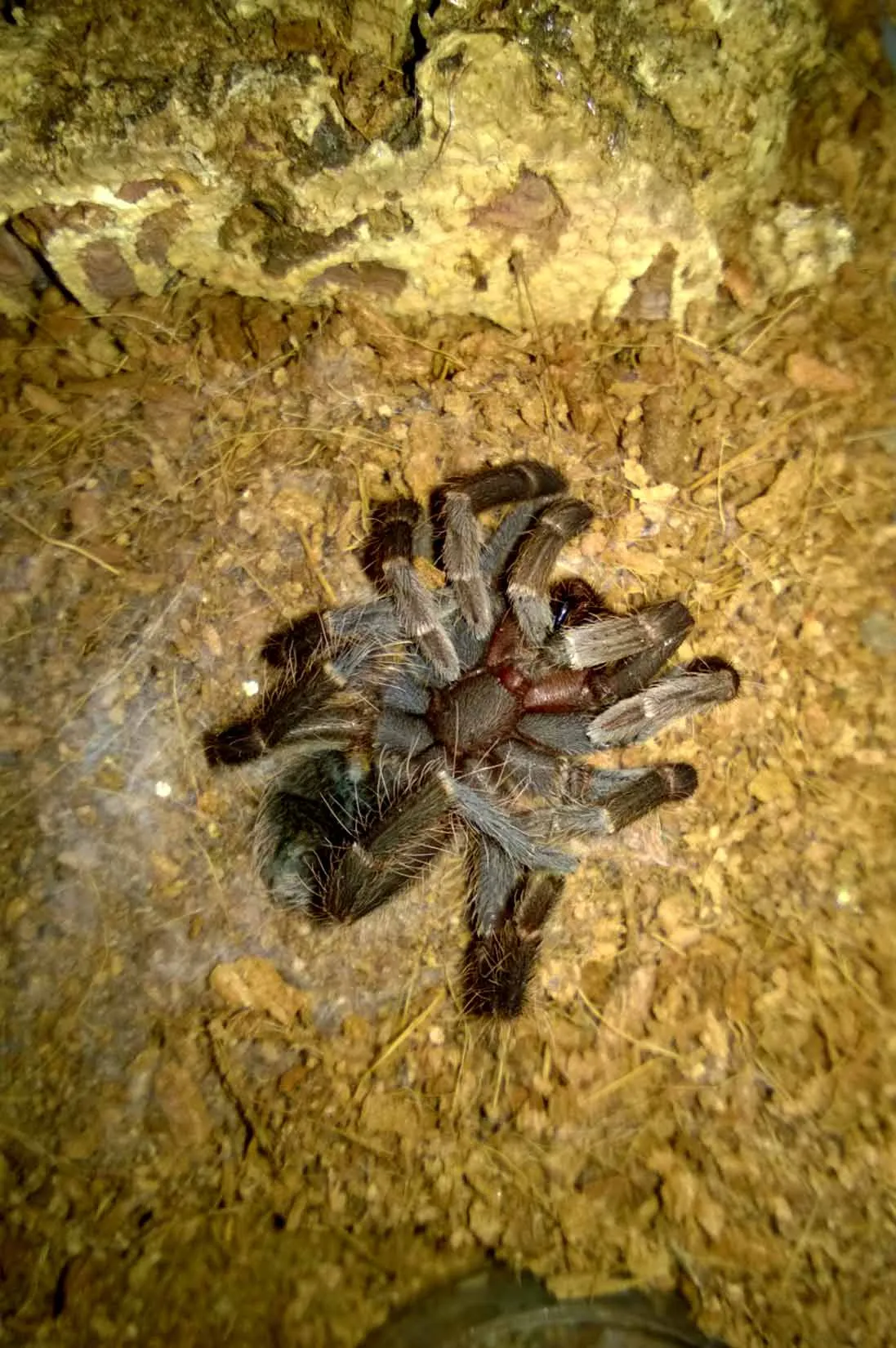
A balanced diet for tarantulas includes a variety of insects, such as crickets, roaches, and mealworms. Supplementing their diet with occasional treats can offer variety and essential nutrients. It is important to gut-load the insects you feed to your tarantulas, which means feeding the insects a nutritious diet before offering them to your tarantulas. This ensures your tarantulas receive a range of essential vitamins and minerals. The nutritional needs vary depending on the species and the stage of development. Adult tarantulas require a less frequent feeding schedule than juveniles, but a consistent supply of food is important. A diet rich in protein and other nutrients is fundamental to the successful breeding process. By carefully monitoring the feeding habits and nutritional intake, you can help support the long-term health of your tarantulas, giving them the best opportunity to breed successfully.
Overfeeding and Underfeeding Risks
Both overfeeding and underfeeding can pose risks to breeding tarantulas. Overfeeding can lead to obesity, which can cause health problems, including a reduced interest in mating. Underfeeding can weaken tarantulas, making them less likely to mate and potentially affecting egg production. Find the right balance for your tarantulas based on their species, age, and activity level. Observe your tarantulas’ body condition; an abdomen that is too large is an indicator of overfeeding. If the tarantula’s abdomen appears small and deflated, this could be a sign of underfeeding. A consistent feeding schedule with appropriately sized meals is critical. Be mindful of the tarantula’s molting cycle; do not feed a tarantula that is in premolt, as this can cause stress and complications. Proper feeding practices are a cornerstone of successful tarantula breeding.
Secret 4 Post-Mating Care for the Female
After mating, the female tarantula requires special care. Providing the right environment and ensuring she has sufficient resources can maximize the chances of a successful egg sac and healthy spiderlings. This includes providing a safe environment for egg sac incubation and managing the female’s behavior and needs. The female tarantula’s well-being is crucial during this time, as her condition directly impacts the quality of the egg sac and the survival rate of the spiderlings. Careful attention to these needs helps ensure the successful development of the next generation of tarantulas. Proper post-mating care is a critical factor in the entire breeding process, supporting both the female’s recovery and the successful rearing of her offspring.
Providing a Safe Egg Sac Incubation Environment
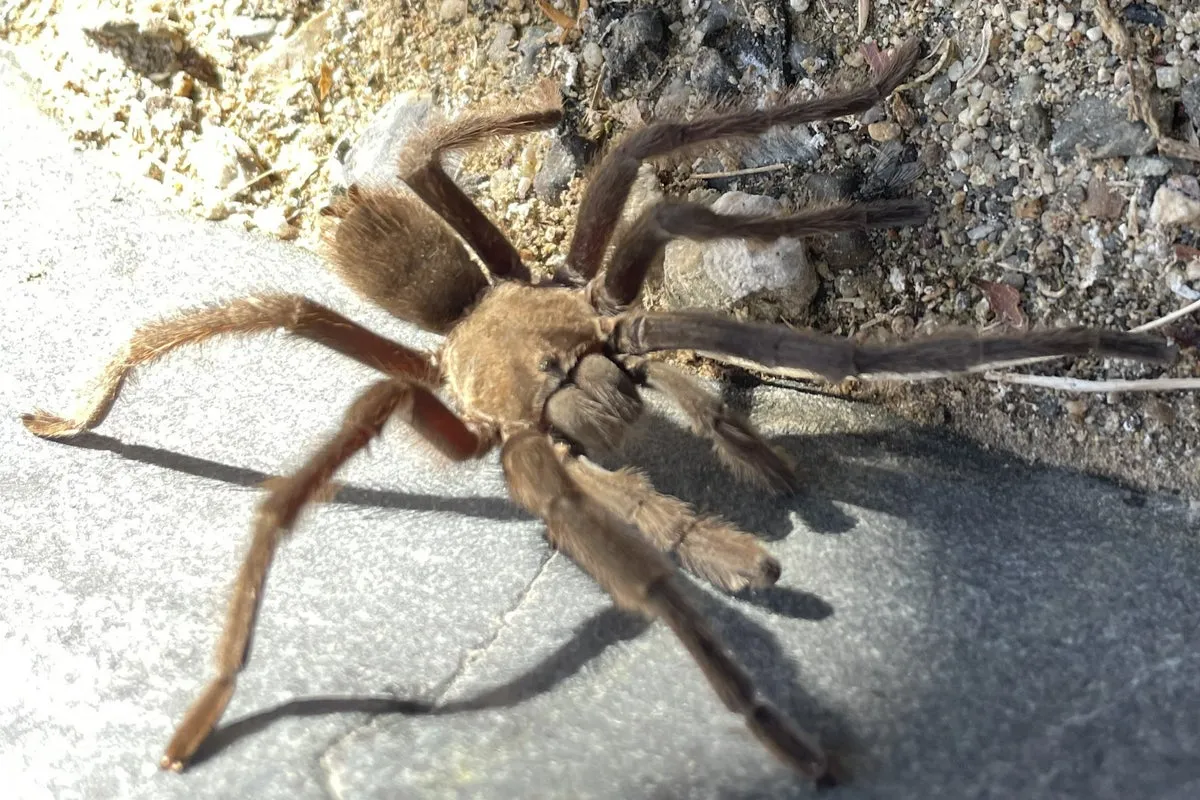
Once the female has produced an egg sac, it is essential to provide a safe environment for incubation. This includes maintaining the correct temperature, humidity, and security. Keep the egg sac in the same enclosure as the female or carefully remove it to an incubator if you plan to take it away from her. The incubation period varies depending on the species. Monitor the egg sac for any signs of mold or damage. Make sure that the conditions are stable to prevent the egg sac from drying out or becoming damaged. The environment should be free from disturbances and hazards to maximize the chances of successful hatching. A stable environment is important to ensure the healthy development of the spiderlings within the egg sac. During this period, avoid handling the egg sac unless absolutely necessary, as this could be disruptive.
Managing the Female’s Behavior and Needs
After mating, the female tarantula may become more aggressive due to hormonal changes and the instinct to protect her egg sac. Providing her with adequate food and water is essential. Do not disturb her unnecessarily; keep the enclosure in a quiet, low-traffic area. Ensure that her environment is stable and that her basic needs are met to reduce stress. Be prepared to intervene if the female becomes overly aggressive. Sometimes, the female will consume the egg sac; this is more likely to occur if she is stressed or underfed. Closely monitoring the female’s condition and behavior after mating ensures her health and maximizes the chances of her successfully raising a healthy brood. The female’s well-being directly impacts the health and survival rate of the spiderlings.
Secret 5 Avoiding Common Breeding Mistakes
Even with the best intentions, common breeding mistakes can jeopardize your breeding efforts. Avoiding these mistakes will significantly increase your chances of success. This includes preventing cannibalism and injuries, as well as ensuring successful spiderling development. Cannibalism and injuries are significant causes of mortality in spiderlings, which is why it is critical to minimize these threats. Careful management of the entire process, from mating to spiderling care, is important for increasing survival rates. Understanding these common errors allows you to take preventative measures to give your tarantulas the best possible start. Identifying potential problems early can help prevent loss and frustration, ensuring a better outcome.
Preventing Cannibalism and Injuries

Cannibalism and injuries can occur at any stage of the breeding process. To prevent this, it is critical to separate the male from the female after mating. Watch the female tarantula’s behavior post-mating. Spiderlings are particularly vulnerable; to reduce instances of cannibalism, provide ample food and space. Ensure that the enclosures are free from hazards that could cause injuries. Remove any uneaten prey or waste promptly to maintain a healthy environment. Careful observation and swift intervention are essential for preventing these problems and improving spiderling survival rates. Cannibalism is often triggered by hunger or overcrowding; providing sufficient food and space can greatly decrease the risk. Regular inspections and preventative measures can make the difference between success and loss.
Ensuring Successful Spiderling Development
Ensuring successful spiderling development is a crucial element in the overall success of tarantula breeding. Providing the spiderlings with a suitable environment, including proper temperature, humidity, and a safe enclosure, is the first step. The enclosure should be small enough to prevent the spiderlings from getting lost, but large enough to allow for movement and growth. Feeding the spiderlings appropriately sized prey, such as fruit flies or pinhead crickets, is essential for their development. Monitor the spiderlings regularly for any signs of illness or stress, and adjust their care as needed. Successful spiderling development is achieved through a combination of providing a suitable environment, offering an appropriate diet, and preventing cannibalism and injuries. Patience and careful attention to the details of spiderling care will help ensure that your breeding efforts yield healthy and vibrant tarantulas.
